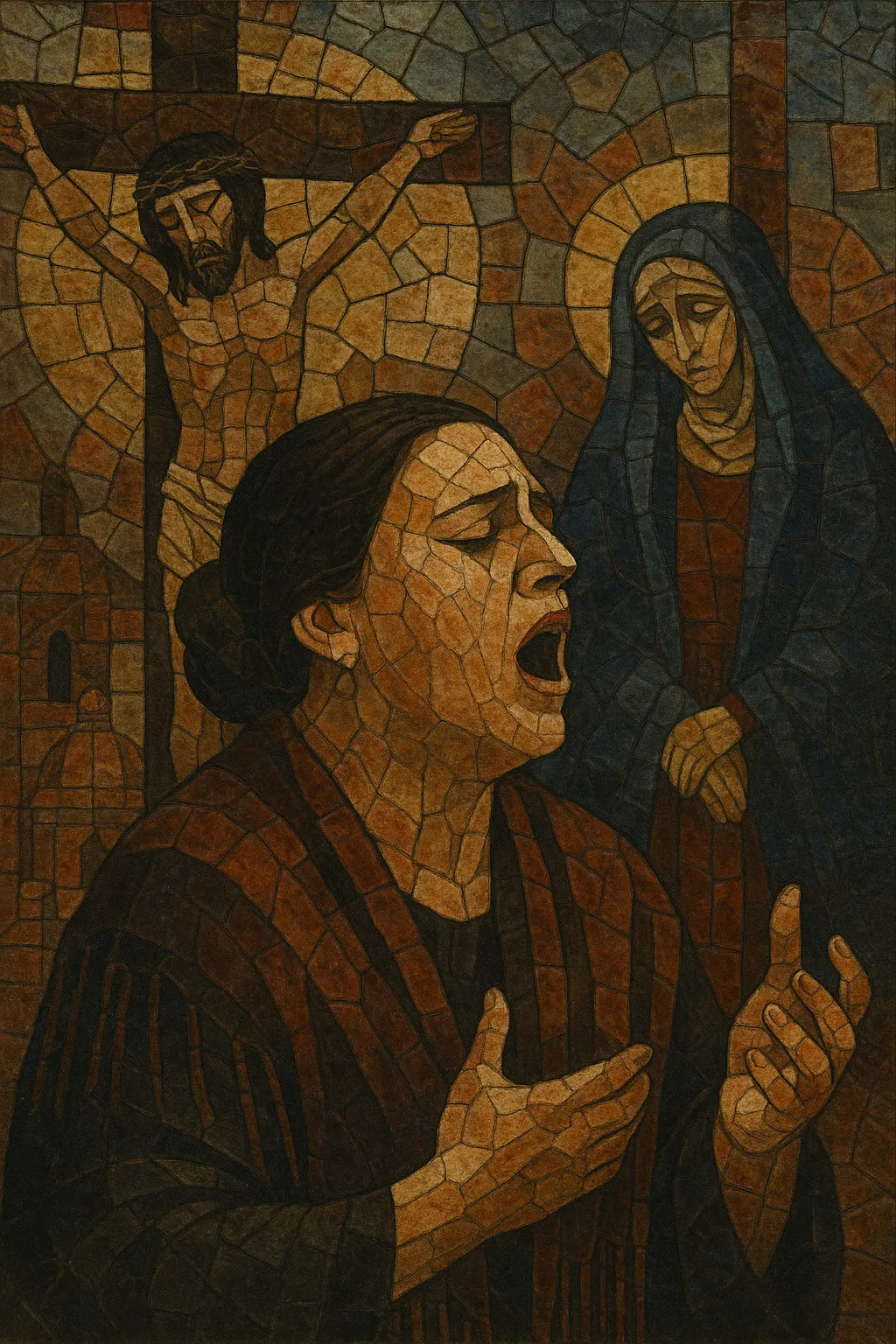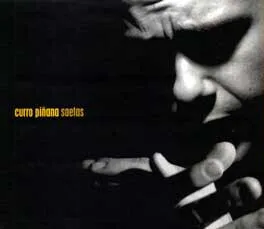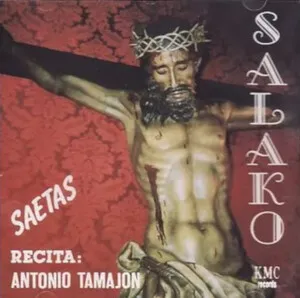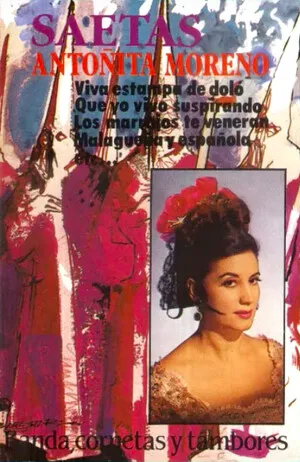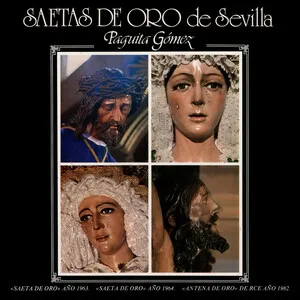Saeta is a deeply devotional Spanish song traditionally performed a cappella during Holy Week processions in Andalusia.
It is addressed directly to an image of Christ or the Virgin as the pasos (floats) pass by, with the singer launching into a free‑meter, highly melismatic lament from a balcony or street corner.
Two broad strands are often distinguished: the older, hymn‑like saeta antigua linked to confraternities and penitential practice, and the saeta flamenca, which adopts the vocal color, ornaments, and dramatic intensity of flamenco (particularly seguiriyas and related cantes).
Typical features include an impassioned “quejío” (wail), extended phrases that surge to a high emotional climax, Phrygian/modal inflections, microtonal bends, and abrupt dynamic contrasts, all without instrumental accompaniment.
The saeta’s earliest documented forms are tied to Catholic devotional practices in Andalusia, where confraternities cultivated short penitential songs sung in public during Holy Week. These older saetas (saeta antigua) reflect a lineage from laude and plainchant traditions transmitted through popular piety, processional customs, and street preaching.
In the late 1800s and early 1900s, the saeta absorbed the timbre, melismas, and expressive vocabulary of cante jondo. Singers began shaping the saeta with the pathos and modal colors of seguiriyas and martinetes, creating the saeta flamenca. Cities such as Seville, Málaga, Jerez, and Córdoba became renowned for processional moments where brass bands and drums would fall silent to let a solo cantaor deliver the saeta.
Recordings, radio, and cinema helped canonize emblematic deliveries by major cantaores, reinforcing the saeta’s association with Holy Week imagery (e.g., La Macarena in Seville). While concert versions appeared, the living core remained the spontaneous, public act of devotion during processions.
Today, the saeta is still sung a cappella from balconies or curbside as pasos pause. Modern performers maintain the free rhythm and intense vocalism while balancing respect for local confraternity traditions. Occasional crossovers (e.g., concert or studio renditions) coexist with the ritual essence that defines the genre in Andalusia.

